You might also be interested in:
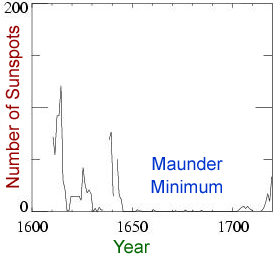
You may not know that humans have observed sunspots for a very long time. These records have been around so long in fact, that we can link sunspot number with solar activity. Large sunspots can sometimes
...more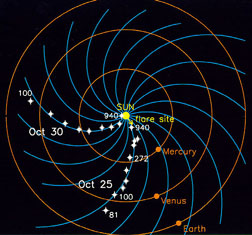
IMF stands for Interplanetary Magnetic Field. It is another name for the Sun's magnetic field. The Sun's magnetic field is huge! It goes beyond any of the planets. The Sun's magnetic field got its name
...more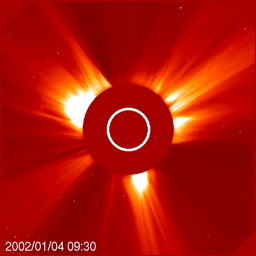
"Without warning, the relatively calm solar atmosphere can be torn asunder by sudden outbursts of a scale unknown on Earth. Catastrophic events of incredible energy...stretch up to halfway across the visible
...more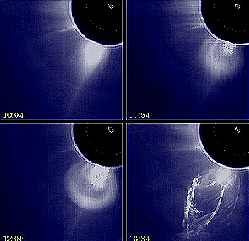
The Sun is not a quiet place, but one that exhibits sudden releases of energy. One of the most frequently observed events are solar flares: sudden, localized, transient increases in brightness that occur
...more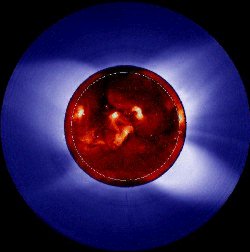
The visible solar atmosphere consists of three regions: the photosphere, the chromosphere, and the solar corona. Most of the visible (white) light comes from the photosphere, this is the part of the Sun
...more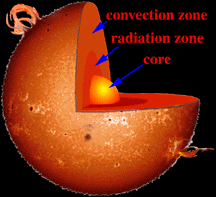
To understand how our Sun works, it helps to imagine that the inside of the Sun is made up of different layers, one inside the other. The core, or the center of the Sun, is the region where the energy
...more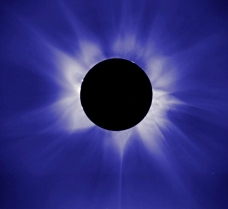
Scientists at the High Altitude Observatory (HAO) try to understand the changes we see in the Sun over time. They also study how these changes affect the atmosphere of the Earth. There are four main areas
...more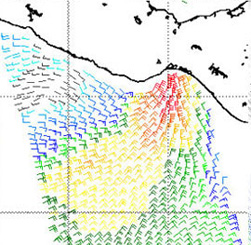
Energy from the Sun affects many things on Earth. One of the main things the Sun does is warm our planet, including the atmosphere. This energy drives much of our weather. The solar cycle, the rise and
...more














